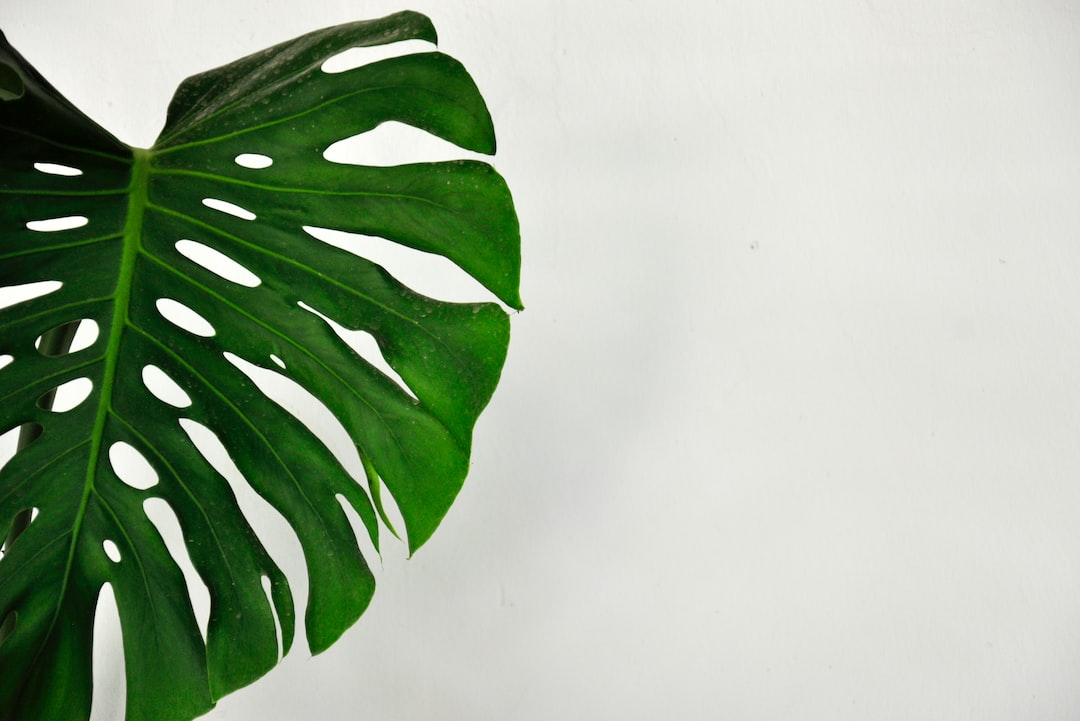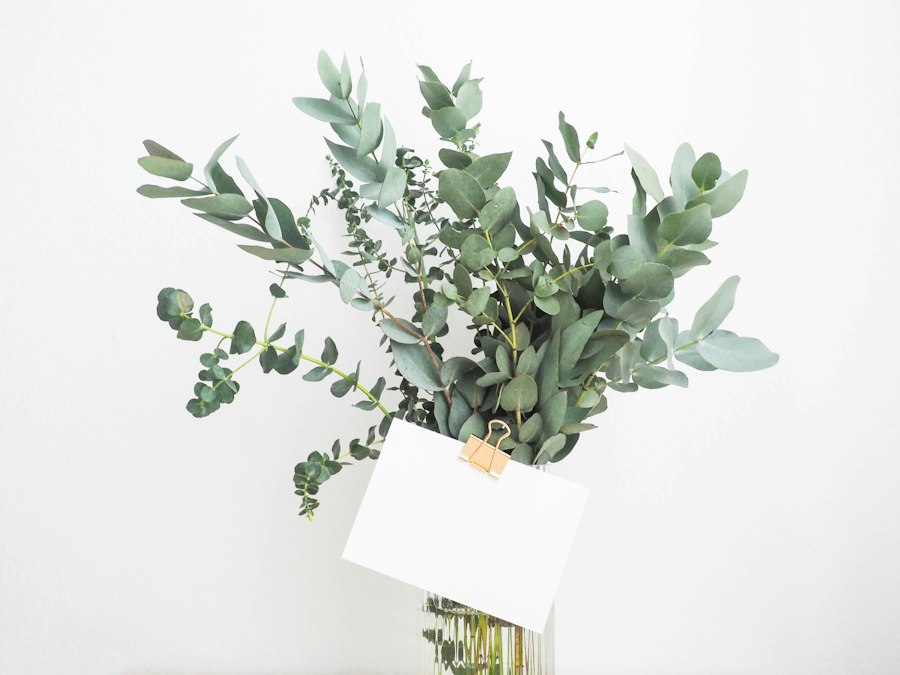Unlocking the Healing Powers: A Step-by-Step Guide on How to Root an Aloe Vera Plant

Aloe vera is a succulent plant that has been used for centuries for its medicinal properties. It is known for its soothing and healing properties, making it a popular ingredient in skincare products, hair care products, and even health supplements. Aloe vera contains over 75 active compounds, including vitamins, minerals, enzymes, and amino acids, which contribute to its numerous health benefits.
Growing and harvesting your own aloe vera plant can be a rewarding experience. Not only will you have a fresh supply of aloe vera gel at your fingertips, but you will also have the satisfaction of knowing exactly where your product is coming from. By growing your own aloe vera plant, you can ensure that it is free from any harmful chemicals or pesticides that may be present in store-bought products.
Key Takeaways
- Aloe vera has numerous healing benefits for skin, hair, and health.
- Choosing a healthy aloe vera plant and creating the ideal growing environment is crucial for its growth and health.
- Proper watering and fertilizing techniques are important for the plant’s growth and development.
- Harvesting and extracting aloe vera gel can be done at home with a step-by-step guide.
- Aloe vera gel can be used for a variety of purposes, including skin care, hair care, and overall health.
Understanding the Aloe Vera Plant: Anatomy and Growth Cycle
The anatomy of the aloe vera plant consists of thick, fleshy leaves that contain the gel-like substance that is used for its healing properties. The leaves are green in color and have serrated edges. The gel is found in the inner part of the leaf, while the outer part contains a bitter yellow sap called aloin.
The growth cycle of the aloe vera plant begins with a small shoot emerging from the base of the plant. This shoot will eventually grow into a mature plant with multiple leaves. Aloe vera plants are known for their ability to reproduce through offsets or “pups,” which are small plants that grow from the base of the parent plant. These pups can be separated from the parent plant and replanted to grow into new plants.
Choosing the Right Aloe Vera Plant: Tips for Selecting a Healthy Plant
When selecting an aloe vera plant, it is important to choose one that is healthy and free from any signs of disease or damage. Look for a plant that has vibrant green leaves and is free from any spots or discoloration. The leaves should be firm and plump, indicating that the plant is well-hydrated.
Another important factor to consider when choosing an aloe vera plant is the size of the plant. Aloe vera plants come in various sizes, ranging from small potted plants to larger plants that can be grown outdoors. Consider the space you have available and choose a plant that will fit well in your desired location.
Preparing the Soil: How to Create the Ideal Growing Environment for Aloe Vera
| Metric | Value |
|---|---|
| Soil pH | 6.0-7.0 |
| Soil Type | Sandy Loam |
| Soil Moisture | Well-draining |
| Sunlight | 6-8 hours per day |
| Temperature | 60-85°F (15-29°C) |
| Fertilizer | Low-nitrogen, high-phosphorus |
| Watering | Once a week, deeply |
Aloe vera plants thrive in well-draining soil that is slightly acidic. It is important to choose a soil mix that is specifically formulated for succulent plants or cacti. These mixes are typically made up of a combination of sand, perlite, and peat moss, which provide excellent drainage and aeration for the roots.
Before planting your aloe vera, it is important to prepare the soil by loosening it with a garden fork or tiller. This will help improve drainage and allow the roots to penetrate the soil more easily. Remove any weeds or debris from the area and amend the soil with organic matter, such as compost or aged manure, to provide nutrients for the plant.
Planting the Aloe Vera: Step-by-Step Guide to Planting and Caring for Your Plant
To plant your aloe vera, start by selecting a pot or container that has drainage holes at the bottom. Fill the pot with the prepared soil mix, leaving enough space at the top for watering. Gently remove the aloe vera plant from its nursery pot and place it in the center of the pot, ensuring that the roots are covered with soil.
Once planted, water the aloe vera thoroughly until water drains out of the bottom of the pot. Allow the soil to dry out completely before watering again, as overwatering can lead to root rot. Place the plant in a location that receives bright, indirect sunlight, as direct sunlight can scorch the leaves.
Watering and Fertilizing: How to Properly Water and Feed Your Aloe Vera Plant

Aloe vera plants are drought-tolerant and do not require frequent watering. It is important to allow the soil to dry out completely between waterings to prevent overwatering. When watering, thoroughly saturate the soil until water drains out of the bottom of the pot. Avoid getting water on the leaves, as this can lead to rot.
Fertilizing is not necessary for aloe vera plants, as they are able to extract nutrients from the soil. However, if you choose to fertilize your plant, use a balanced fertilizer specifically formulated for succulent plants. Apply the fertilizer sparingly, following the instructions on the packaging.
Harvesting Aloe Vera: When and How to Harvest Your Aloe Vera Plant
Aloe vera leaves can be harvested once they reach a mature size and are at least 8-10 inches long. To harvest the leaves, use a sharp knife or scissors to cut them off at the base of the plant. It is important to leave at least 3-4 leaves on the plant to ensure its continued growth and health.
When harvesting aloe vera leaves, it is important to handle them with care, as they can be sharp and prickly. Use gloves or a towel to protect your hands from any potential injuries. Once harvested, rinse the leaves under running water to remove any dirt or debris.
Extracting Aloe Vera Gel: Step-by-Step Guide to Extracting and Storing Aloe Vera Gel
To extract aloe vera gel from the leaves, start by cutting off the serrated edges of the leaf with a sharp knife. Then, make a lengthwise incision along the side of the leaf and use a spoon or your fingers to scoop out the gel. Place the gel in a clean container and discard the outer leaf.
To store aloe vera gel, transfer it to an airtight container and keep it in the refrigerator. The gel can be stored for up to two weeks, but it is best to use it as soon as possible to ensure its freshness and potency.
Benefits of Aloe Vera Gel: How to Use Aloe Vera Gel for Skin, Hair, and Health
Aloe vera gel is known for its numerous benefits for the skin, hair, and overall health. When applied topically, it can soothe and moisturize the skin, making it an effective treatment for sunburns, rashes, and dry skin. It can also help reduce inflammation and promote wound healing.
For hair care, aloe vera gel can be used as a natural conditioner to moisturize and nourish the hair. It can help reduce dandruff, promote hair growth, and improve the overall health of the scalp.
When consumed internally, aloe vera gel can support digestion, boost the immune system, and promote detoxification. It is rich in antioxidants, vitamins, and minerals that contribute to its overall health benefits.
Aloe Vera Plant Care and Maintenance Tips for Long-Term Health and Healing
In conclusion, growing and harvesting your own aloe vera plant can provide you with a fresh supply of aloe vera gel that is free from any harmful chemicals or pesticides. By understanding the anatomy and growth cycle of the plant, you can ensure that you are selecting a healthy plant for optimal growth.
Proper soil preparation, planting techniques, watering, and fertilizing are essential for the long-term health and maintenance of your aloe vera plant. Harvesting the leaves at the right time and extracting the gel properly will ensure its freshness and potency.
Incorporating aloe vera gel into your daily routine can provide numerous benefits for your skin, hair, and overall health. Whether used topically or consumed internally, aloe vera gel is a natural and effective remedy for a variety of ailments. By following these tips and incorporating aloe vera into your daily routine, you can unlock its healing powers and enjoy its many benefits.
If you’re looking to learn how to root an aloe vera plant, you might find this article from Lawn World helpful. It provides step-by-step instructions on how to propagate aloe vera plants through rooting. Check out the article here for detailed guidance on successfully growing new aloe vera plants from cuttings.



